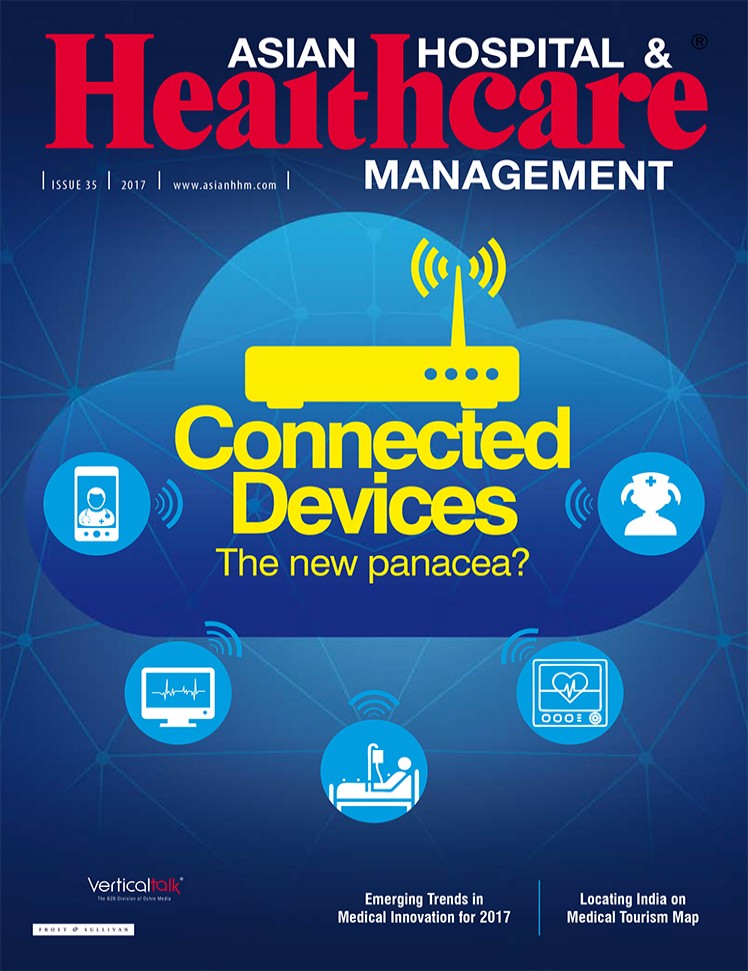
This Healthcare Magazine is the source for a plethora of unique Healthcare articles. Several notable figures in the medical industry, from top med schools and hospitals are featured in the Medical Sciences section, with their expert knowledge of the field.

The growth in connected medical devices and mobile medical apps can boost longterm patientengagement New data from Juniper Research suggests that the number of Internet of Things IoT connected devices would be US billion in up from US billion in The proliferation of connected devicesaccounting for US billion in and an expected US billion by in...
I am passionate about creating out of the box solutions for problems which affect mass population worldwide I see myself as a change agent catalyst team builder and a venture capitalist for various businesses across industries worldwide
The word tourism adds a new dimension to the concept of Wellness where medical value is added to the travel of tourists seeking healthcare beyond borders It is this value of service for which patients prefer to undertake travel rather than using medical services available in their own country According to a Grant Thornton study Medical tourism i...
Targeted therapy for disrupting tumour blood circulation antiangiogenesis has finally found its place under the sun in advanced gastric cancer Despite the declining incidence of gastric cancer worldwide statistics from the International Agency for Research on Cancer GLOBOCAN showed that nevertheless close to a million new cases are diagnosed...
The prevalence of diabetes is rising globally About million people live with diabetes in India and the World Health Organization estimates that an additional million remain ignorant of their condition This means that nearly in Indians suffers from this condition but is either unaware of it or is slipping through the treatment cracks with inadeq...
IHT is not well known in the west how long has it been used in Russia How many people have undergone IHT so far There are references to crude attempts at treatments that seem similar to intermittent hypooxidating back to the middle ages However modern scientific study of intermittent hypoxia therapy also known as periodic hypoxia interval hypox...
The past few years have been transformative in the world of medical innovation with the use of personal and portable devices and advances in integrating these with personal healthcare and information technology systems In we have witnessed tremendous growth in portable and mobile devices Looking forward to we will likely expand on this growth wit...
Telemedicine has been around for quite a while but has largely been unable to fulfil on its various promises with only the videoconferencing and remote consultation seeing the light of day amongst the many functionalities that it successfully is able to execute With the advent of faster Internet speeds at very affordable rates coupled with ready av...
The healthcare ecosystem is witnessing a paradigm shift in the way the services are being delivered and consumed This is driven by the pressing need to have an inclusive high quality costeffective and decentralised model of healthcare delivery While these needs lead to creating ambitious targets for our society and government the enterprising side...
Emergence of connected health has changed the way healthcare is delivered to patients today extending treatment from an inpatient setting to continuing care outside hospitals and clinics Having worked for startups in spaces like diabetic clinics and standalone dialysis centres I have been a direct witness to this transformation The advent of chron...